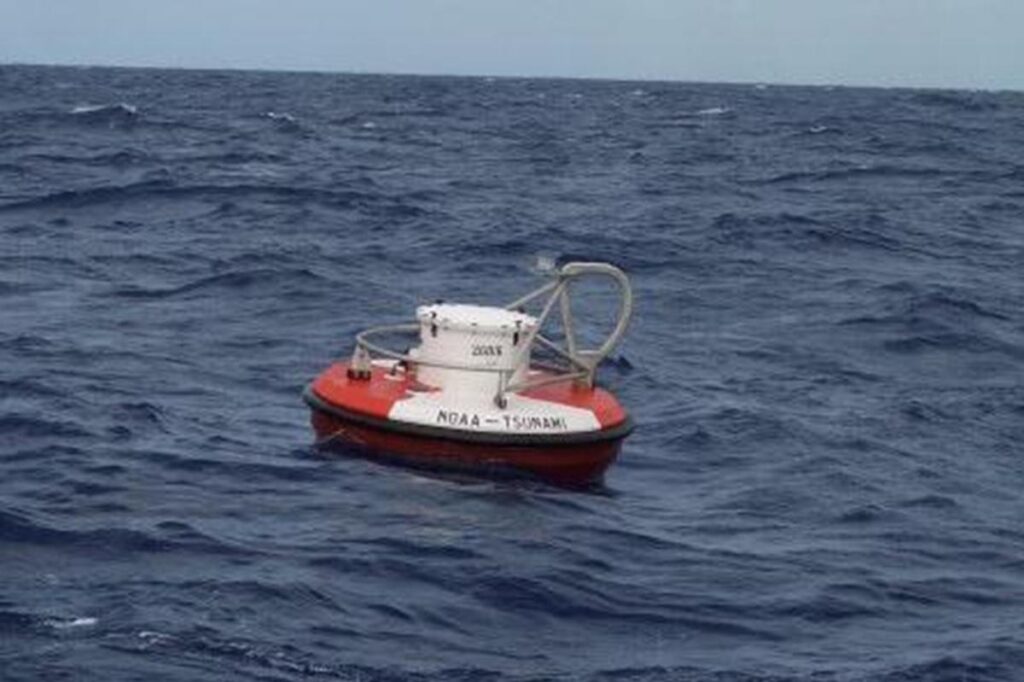One of the strongest earthquakes ever recorded struck Russia’s Kamchatka Peninsula on Wednesday, registering a magnitude of 8.8. Despite fears of a catastrophic tsunami similar to those witnessed in the Indian Ocean in 2004 and Japan in 2011, the resulting tsunami was significantly less destructive.
The Kamchatka region lies in the Pacific Ring of Fire, an area notorious for seismic activity due to the movement of tectonic plates. Here, the dense Pacific plate is forced beneath the Okhotsk microplate in a process known as subduction. Over time, friction builds as these plates grind against each other. When this stress is released suddenly, it creates what’s known as a megathrust earthquake among the most powerful types of quakes.
While megathrust earthquakes can displace enormous volumes of seawater and generate destructive tsunamis, several factors determined the outcome of this latest event. Tsunami waves of up to 4 metres were reported in parts of eastern Russia, but these did not compare to the towering waves some over 30 metres high seen in past disasters.
Experts say the reduced impact may relate to the earthquake’s depth, estimated at 20.7km. A deeper rupture might have lessened the seafloor displacement, limiting wave height. Local underwater topography also plays a crucial role: features such as continental shelves and the shape of the seabed can absorb or deflect tsunami energy.
Moreover, improved early warning systems helped mitigate the disaster’s human toll. Millions of residents were evacuated thanks to timely alerts issued by regional tsunami centres something unavailable during the 2004 tsunami, which claimed over 230,000 lives.
Scientists caution, however, that aftershocks could persist for weeks, and close monitoring continues. While it’s a relief that this event did not unleash widespread destruction, it serves as a stark reminder of the power of Earth’s tectonic forces and the value of preparedness in reducing their human cost.

